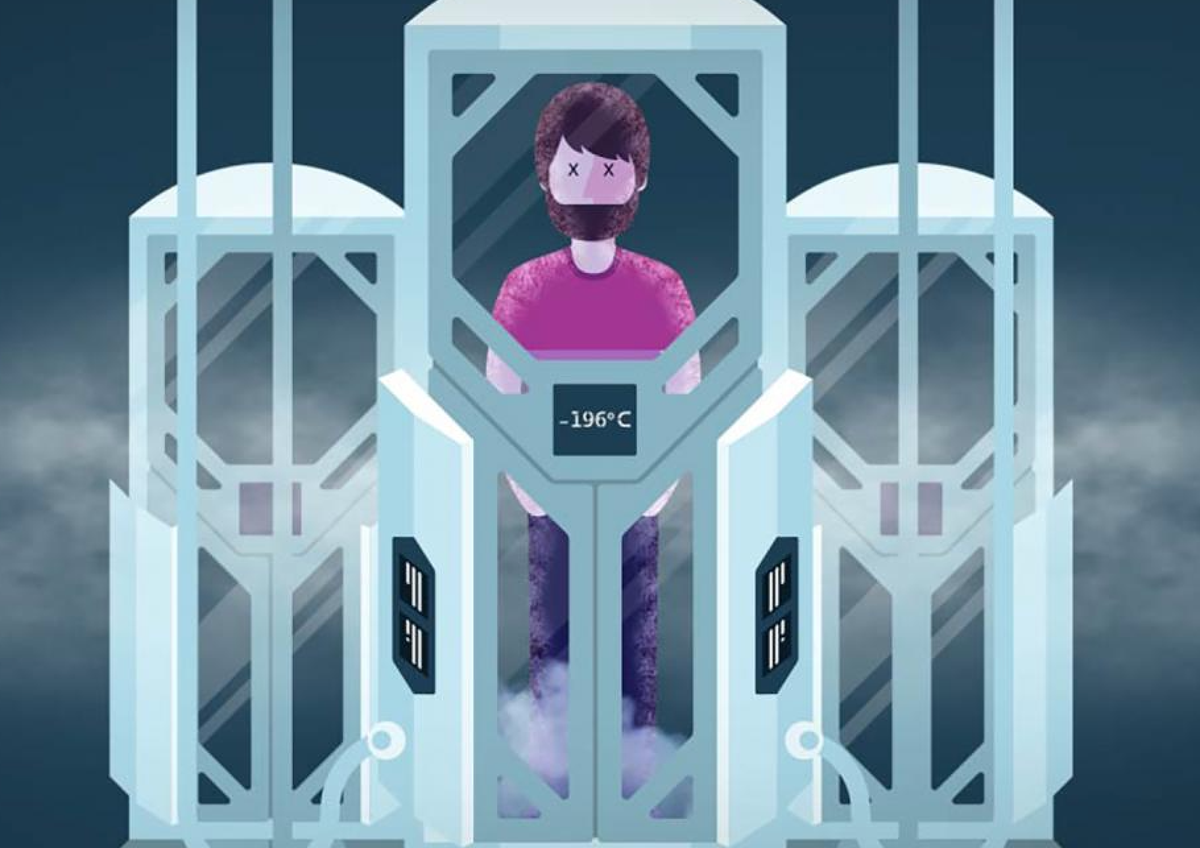Australian man cryogenically frozen after death in hope of return to life

A Sydney man has become the first in Australia to have his body cryogenically frozen after his death in the hope that he could be brought back to life in future.
Australian firm Southern Cryonics announced last week that it had successfully frozen its first client at a reported cost of $170,000 (£88,400) in the hope of bringing him back to life.
The man, who died earlier this month in his 80s, is dubbed ‘Patient One’ by the company.
Immediately after his death, the body was transferred from the hospital’s cooling room to a funeral home, packed in ice.
Then a team including clinical perfusionists and a doctor “worked tirelessly for 10 hours” following special protocols to stabilise the body.
“We’re thrilled to announce our first successful cryonics suspension with Patient 1! Thanks to our incredible team and partners for their swift and dedicated efforts. A major milestone for Southern Cryonics,” the company posted on X.
“After learning of Patient 1’s deteriorating condition, we swiftly responded to his passing on May 12 in Sydney.”
To carry out the stabilisation process, Southern Cryonics said the team used the latest type of ECMO machine, a variant of the heart-lung by-pass machine used in open heart surgery.
“The patient was securely wrapped in a special sleeping bag that stays intact in liquid nitrogen. Patient 1 was then cooled to dry ice temperature and transported to our Holbrook facility,” the company said.
The body was then gradually brought to liquid nitrogen temperatures of minus 200 degrees Celsius in the firm’s cooling chamber.
Southern Cryonics said it “meticulously” followed protocols developed with Aaron Drake of Arizona Medical Science.
Many scientists have raised concerns about the science and ethics behind the whole process.
While biologists currently have the capability to regenerate a few hundred cells grown in a lab, bringing an entire human back to life is still the stuff of science fiction.
“I know the work just to actually unthaw some cells that are just sitting in a small little test tube and then making them alive again is a significant process,” Bruce Thompson, the head of the Melbourne School of Health Science, told ABC News.
“Doing that for a whole human body — and it died for a reason at the end of the day — and then reversing that and then reviving that is a very, very long time away,” he said.
Another cryogenics researcher, Gary Bryant from the Royal Melbourne Institute of Technology, said the chemicals currently used to preserve frozen bodies are toxic.
He said the process is more like embalming than preserving.
“It makes the body look whole but inside everything is destroyed,” Dr Bryant told The Sydney Morning Herald.


